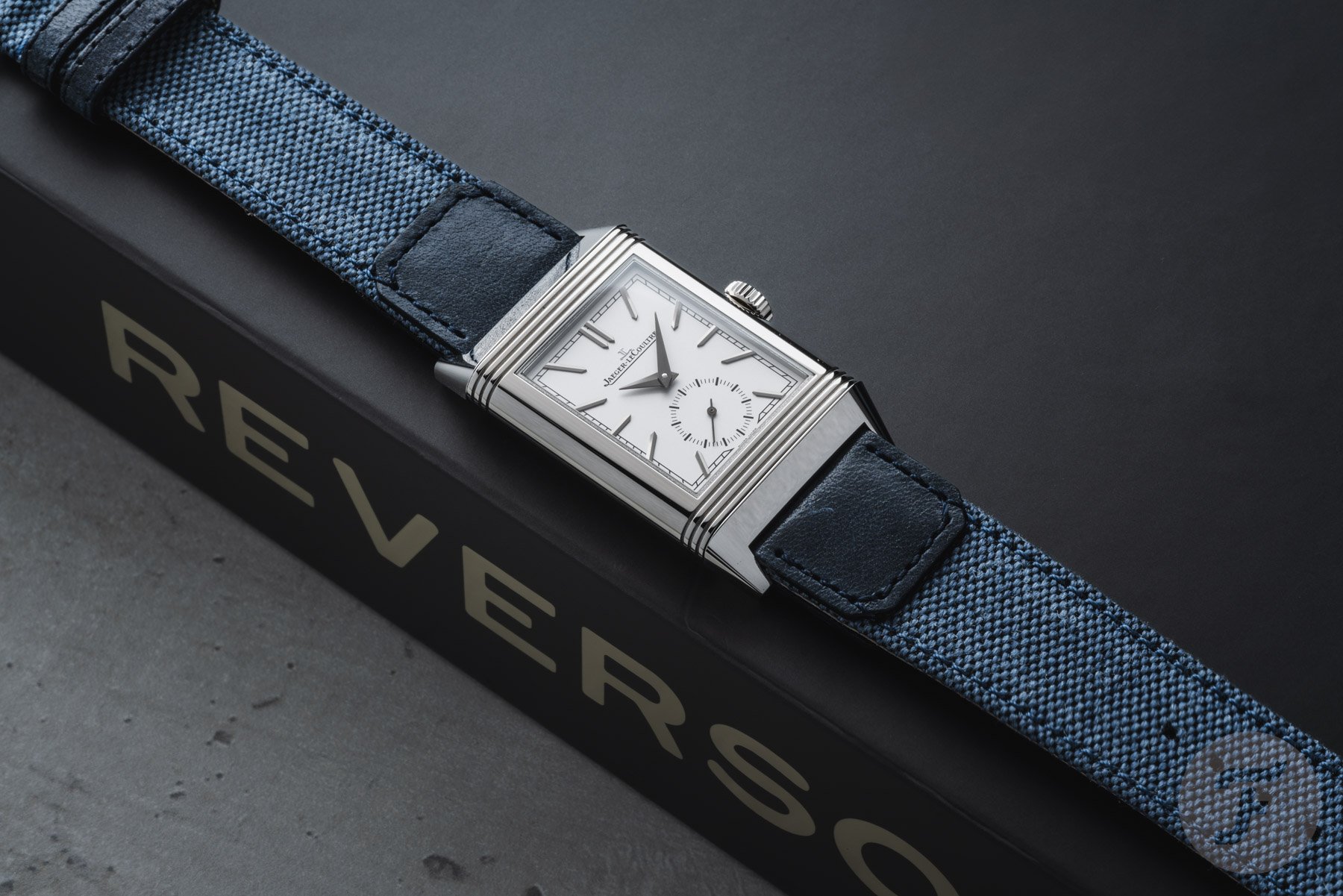The Curious Collector: Why Do We Turn Meteorites Into Watch Dials"

A few weeks ago, the NASA mission OSIRIS-REx (Origins, Spectral Interpretation, Resource Identification, Security, Regolith Explorer) bounced a spacecraft off an asteroid. The OSIRIS-REx craft, shaped like a little housefly, proboscis TAGSAM (Touch-and-Go Sample Acquisition Mechanism) arm extended, vacuumed up the cloud of asteroid dust and debris from the the moment of impact, then fired its thrusters to back away. The pogo move was successful ? so successful, in fact, that the TAGSAM?s collector head was wedged open by several large space-rocks. After a scramble to stow the material, lest it escape back out into space, the team declared success: they believe with greater than 99 percent certainty that they?ve captured more than the 60 grams (about one chicken egg?s worth) they require to properly study Bennu?s debris. If all goes well, it?ll return to earth in 2023.
https://wornandwound.com/library/uploads/2020/12/A_samcam_approach_and_tag_37x_2.mp4
Via NASA/Goddard
It?s unlikely any of the Bennu asteroid?s material will be used in the dial of a Rolex. The space rocks we use to decorate our watch dials (or in some cases, to build entire watch cases) are meteors, having broken from asteroids and fallen through the atmosphere onto our godforsaken planet. They?re also ferrous, composed of metals like nickel and iron, rather than the carbonaceous or chondrite asteroids that researchers like the OSIRIS-REx team study to better understand our place in the universe. ...
| -------------------------------- |
|
|
Introducing – The Bremont Terra Nova 40.5 Date Caramel Limited Edition
31-10-2024 04:00 - (
Luxury Watch )












